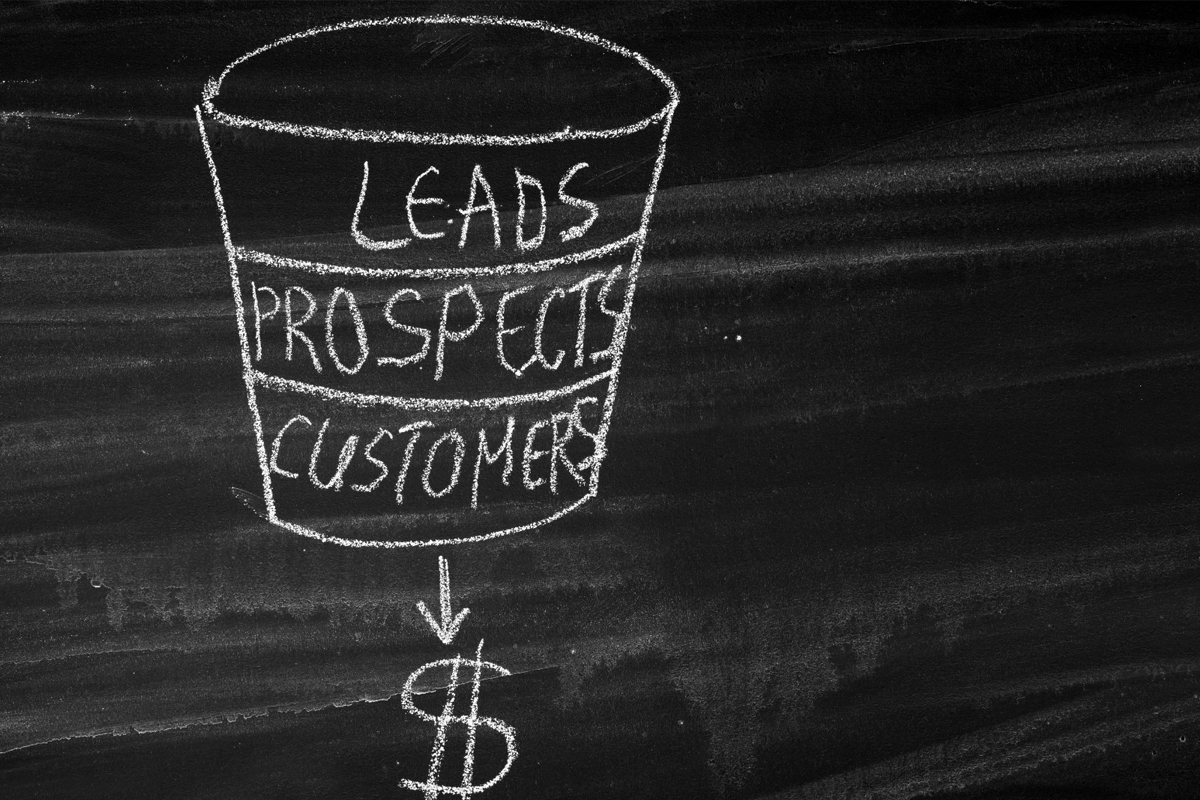
In 2025, the B2B sales process is more complex and digital-first than ever. Buyers are savvier, sales cycles are longer, and most decision-makers engage with a brand multiple times across channels before speaking to sales. A strong lead funnel isn’t just about collecting form submissions — it’s about building a connected system that attracts, qualifies, and converts leads in a way that reflects how today’s businesses make purchasing decisions.
For companies targeting other businesses — whether in manufacturing, SaaS, professional services, or logistics — a modern lead funnel must go beyond awareness and capture. It needs to deliver value at every stage, provide clear conversion paths, and integrate with sales follow-up systems that can close deals efficiently.
Here’s what a successful B2B lead funnel looks like in 2025 — and how to build one that works.
Awareness Starts With Content and Search Visibility
Top-of-funnel (TOFU) efforts begin by attracting the right audience — not just generating traffic. Buyers aren’t always ready to talk. They’re looking for education, validation, and insight.
High-performing TOFU strategies include:
- SEO-optimized blog content that targets long-tail and problem-aware keywords
- LinkedIn Ads or YouTube campaigns promoting educational videos or guides
- Webinars, trend reports, or whitepapers positioned as industry expertise
- Social proof assets like case studies or media mentions
Search engines still drive the majority of research-based traffic, making organic visibility through SEO a key driver of qualified leads.
Middle of Funnel Requires Trust and Segmentation
Once you’ve captured attention, middle-of-funnel (MOFU) content nurtures that interest and segments leads based on intent.
MOFU assets and tools in 2025 include:
- Interactive content (ROI calculators, quizzes, assessments)
- Email nurture sequences personalized by industry or buyer role
- Industry-specific landing pages and gated content offers
- Retargeting ads that reinforce authority and differentiate your solution
The most successful funnels segment leads early — by industry, job title, company size, or need — and tailor the messaging and calls to action accordingly.
Conversion Paths Must Be Clear and Flexible
In 2025, buyers expect multiple ways to convert — not just a generic contact form. They want to choose their next step based on readiness, preference, and urgency.
Effective conversion options include:
- “Schedule a Call” or calendar-based consultations
- “Download Pricing” for high-intent users
- “Watch a Demo” or “Explore Case Studies” for mid-funnel leads
- Live chat or AI-powered qualification tools that offer immediate answers
The key is alignment between CTA and buyer stage. Someone downloading an awareness-stage eBook shouldn’t be pushed straight to sales — but someone who visits your pricing page twice probably should.
Sales Enablement Tools Bridge the Funnel and the Close
Your funnel shouldn’t stop at lead capture. Sales enablement in 2025 means equipping your reps with the right data, content, and context to close faster.
Integrated sales enablement includes:
- CRM systems that capture UTM parameters, funnel source, and behavior history
- Lead scoring based on engagement depth and page interaction
- Access to relevant content: case studies, slide decks, comparison sheets
- Email templates and call scripts that reflect the funnel journey so far
Marketing and sales alignment is no longer optional. Successful funnels hand off warm leads with clarity, not confusion.
Measurement and Optimization Drive Real Results
You can’t improve what you don’t track. The best-performing funnels are built on consistent testing and measurement.
Key metrics to track in your B2B funnel:
| Stage | KPI |
|---|---|
| Awareness | Organic traffic, keyword rankings, CTR on paid ads |
| Engagement | Time on site, resource downloads, email open/click rates |
| Conversion | Form submissions, call bookings, demo requests |
| Sales | Close rate by source, time to close, lead quality score |
Use these insights to test landing page layouts, ad creative, subject lines, and conversion paths — continuously.
A successful B2B lead funnel in 2025 doesn’t chase leads — it earns them. It’s structured, insight-driven, and deeply aligned with the modern buying journey. From awareness-building content to segmented follow-ups and flexible conversion points, each stage should help your ideal customer move one step closer to a confident decision.
Looking to build or refine your B2B lead funnel this year?
We help growth-focused companies design SEO and paid strategies that attract the right buyers and move them efficiently through the funnel — from search to close.

